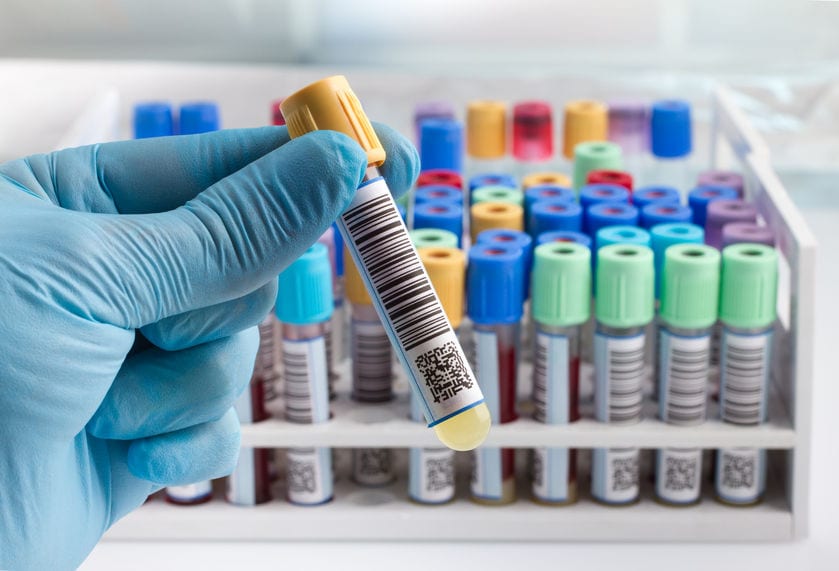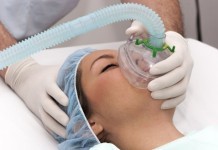Minneapolis, Minnesota – In what appears to be a practice changing announcement, the National Academy of Medicine (NAM) released an update to its exceptional Factors Affecting Routine Treatment (eFART) factsheet.
In the section on hard to stick patients, NAM’s latest eFART summarizes several studies and states that a timely treatment surpasses the need for accurate measurements of gas constituents. A study from University of Alabama shows that rectal gases include high concentration of nitrogen and methane but a reliable content of carbon dioxide and oxygen.
It found that with a careful setup of reference value, both oxygen and CO2 can be reliably recorded either as a spot measurement or be trended over time. Another study from university of Georgia demonstrated the high accuracy of EtCO2 sensor if and when connected to a rectal tube, referencing the Atlanta’s ICU incidence from August 2015.
In hard stick patients, rectal gases may spare repetitive vascular access attempts, and allow reduced patient discomfort and staff allocation. They are spontaneously discharged and can be readily collected by watchful waiting or by increasing the content of beans in the patients’ meals.
An RCT study from Tulane University showed non inferiority in all mortality causes in two ICU units in New Orleans when using rectal gases compared with venous blood gases. “Unfortunately this RTC could not be double blinded, but the results are encouraging” states the eFART.
“This news really breaks wind,” says Dr. Juan LaPedo, an intensivist from ENMMC. “It’s a fresh current of air to our edematous patients.” Opposite of this view, Dr. Emil Colón from the department of proctology in the University of Chicago (previously its rector) believes that, “This entire deal is just pure hot air.”







